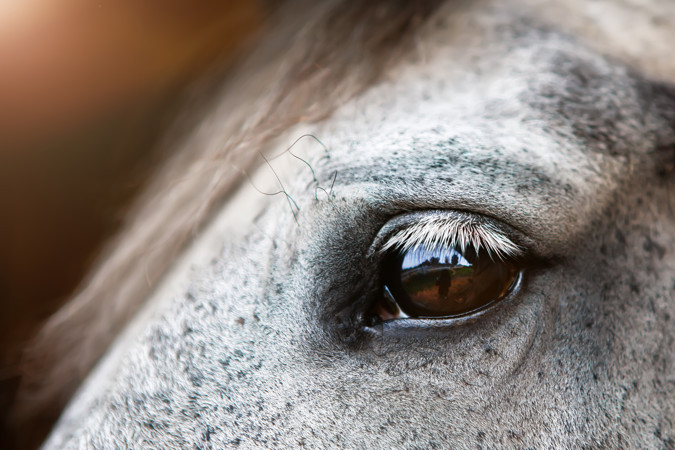Euthanasia - How do we know when the time is right?
18 May 2022




Euthanasia comes from the Greek for “good death” and this is exactly what we aim to provide for animals who are suffering, or are likely to suffer in the future, and this suffering cannot be relieved. Deciding on when to perform this final act of kindness is often the hardest part of owning an animal, but thinking about it ahead of time can make the process easier.
In some cases, such as a catastrophic injury or severe colic, euthanasia may be the only treatment option available to a horse. In others, the horse may have a long term condition which is gradually progressing, making the choice less clear. When caring for your horse every day, it can be difficult to spot subtle changes in your horses behaviour or condition that occur over a period of time.
To help with this, there are tools available to help you objectively monitor your horses quality of life; both the BHS and World Horse Welfare have excellent resources for horse owners. Keeping track of any changes over time can be useful to highlight any decline in quality of life before the horse experiences constant suffering. Remember, horses have no concept of living a long life and simply live in the present moment, so we should always be striving for quality over quantity.
Having a plan in place for the practical aspects of euthanasia is a good idea for all horse owners, regardless of the age of your horse. A lethal injection given by a vet or a shooting with a free bullet performed by a suitably trained individual are both quick and humane methods for euthanasia. The decision to opt for one over the other depends on both the horse’s temperament and the owners preference; for example, a needle shy horse may be more suited to a free bullet than an injection.
Afterwards, the body is usually collected for cremation, although in certain circumstances a horse can be buried on private land. With cremation, you can choose to have all or part of your horses ashes returned to you. Keepsakes such as mane and tail hair or horseshoes can also be obtained before or after your horse is put to sleep if you wish. Once you’ve decided what your wishes around euthanasia are, it’s a good idea to write them down and share this plan with someone you trust, such as a close friend or your yard owner. World Horse Welfare have an excellent “just in case” owners plan which you can print out and fill in.
Support and guidance is available to anyone who is considering euthanasia or has just lost their horse. The BHS “Friends at the End” scheme has trained advisors who you can speak to confidentially on the phone or by email for both practical and emotional assistance.
Remember, a week too early is better than a day too late.